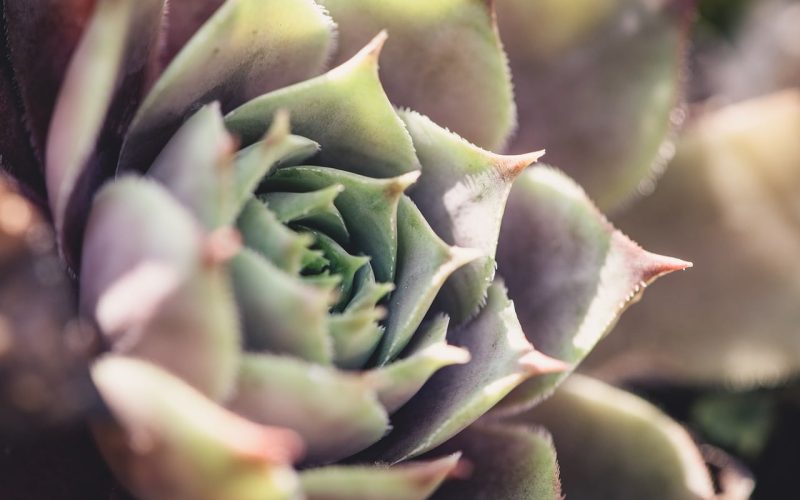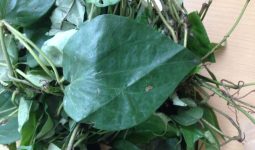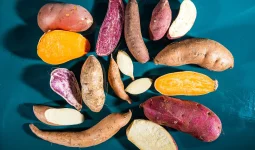If you see them, you’ll understand why rose succulents appear to be a fad in the world of plants.
Today, our discussion will be based on the types of rose succulents.
The term “rosette,” which refers to succulent plants whose leaves develop in a manner like the rose blossom, is not a scientific categorization of succulents.
Furthermore, rosettes are not only found in succulents. Rosette-shaped leaf structures are a feature of other plants.
Rosette succulents are preferred for both indoor and outdoor gardening and containers. But that’s only the start.
There are rosette succulents all over the place. They’re even starting to gain popularity for boutonnieres and bouquets for weddings.
These beautiful rosette arrangements serve a practical purpose. The plant uses its fleshy, upward-growing, round leaves to capture the most sunlight possible.
The leaves also aid in directing water toward the roots. Keep reading as we review some of the types of rose succulents and why you ought to cultivate them in your garden.
1. Perle von Nurnberg
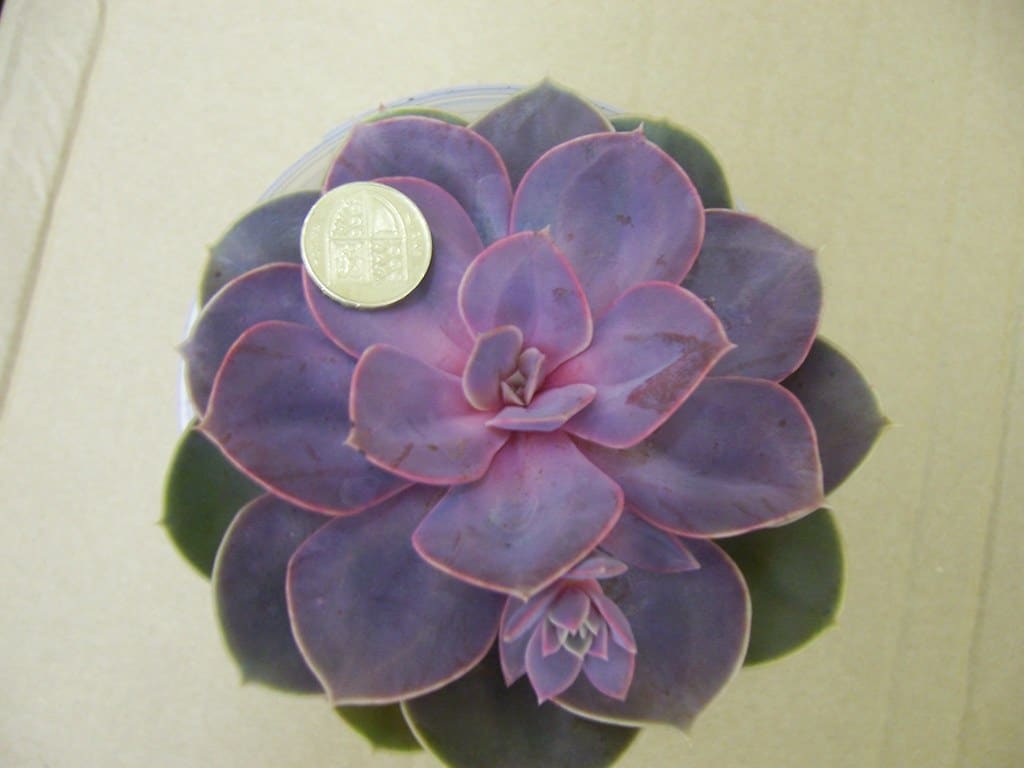
Perle von Nurnberg is one of the best types of rose succulents. It stands out for its one-off rosette of paddle-shaped, pastel leaves and lovely dusty appearance.
The leaves are soft gray in low light and a vivid purple and pink in broad sunlight.
Bright lighting, occasional watering, and well-drained sand are all favorites of succulents.
Due to their stunning beauty, they are frequently used in flower arrangements, bridal bouquets, and container gardens.
2. Dusty Rose
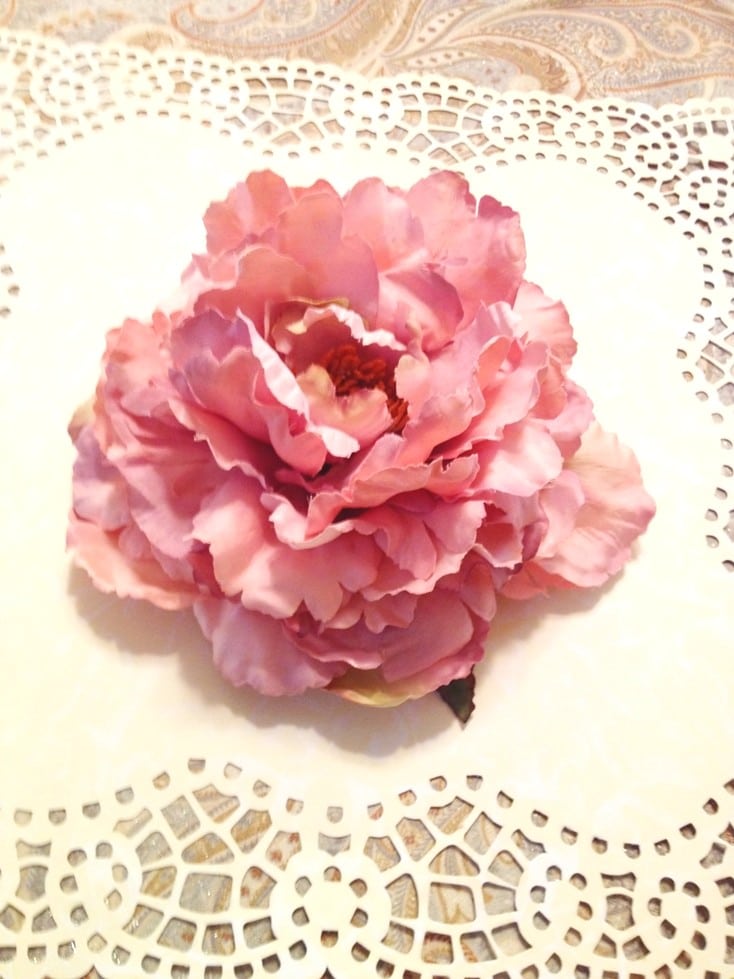
The powdery-violet rosettes on these well-known hybrid cultivars make them easy to identify.
In perfect circumstances, these rosettes can reach a diameter of up to 8 inches. Dusty Rose is one of the types of rose succulents.
These hybrid succulents are less susceptible to frost than the majority of other succulent species since they like lots of sunlight and rarely water.
Moreover, they feature beautiful orange flowers that bloom on tall stalks several times a year.
3. Topsy Turvy
This succulent has spoon-shaped, blue-green leaves that give it a distinctive appearance.
Moreover, the leaves roll down their length, giving them a lovely curled aspect.
Up to eight inches tall, this rapidly expanding type is possible. It also needs soil that drains properly and uses little water.
In order for succulent plants to thrive, arid conditions are ideal.
Indoors and outdoors are suitable for growing the Topsy-Turvy succulents but require a warm environment. If cultivated outside, topsy-turvy is also resistant to deer.
These resistant plants can grow with very little water and can be utilized to beautify your home because of their distinctive patterns.
Among the various types of rose succulents, we have Topsy Turvy.
4 Nodulosa

The vertical red stripes on the green foliage of the Nodulosa succulent serve as another distinguishing feature.
Like other types of succulents, it needs plenty of sunlight and soil that drains well.
In order to prevent root rot, it should only be irrigated once the soil has entirely dried up. Nodulosa is one of the different types of rose succulents.
5. Echeveria

The most popular and well-known rosette succulent is arguably the echeveria.
Their native habitat spans Mexico, Central America, South America, and perhaps Texas.
Echeveria is one of the types of rose succulents. The leaves of the echeveria plant develop in a traditional rosette pattern.
Pink, white, orange, red, green, and yellow are just a few of the colors that echeveria plants can be.
This succulent looks rosy and beautiful because of its rose-patterned leaves and range of colors.
Though there are some exceptions, the majority of Echeveria species remain tiny, never growing taller than 48 inches or wider than 12 inches.
The leaves can seem hard, but they are actually quite delicate. Several kinds of leaves have a farina-like covering.
Disturbing the farina coating runs the risk of damaging the leaves.
6. Aloe Vera

Aloe is a genus of perennial succulent plants with over 500 species that are indigenous to sub-Saharan Africa and Madagascar.
It is used in pharmaceutical, cosmetic, and therapeutic fields.
A rosette-like growth pattern is common among the majority of aloe species’ thick, succulent leaves.
Some species are still small and make superb houseplants. A typical height limit for the short-leaf aloe is four inches.
7. Aeonium
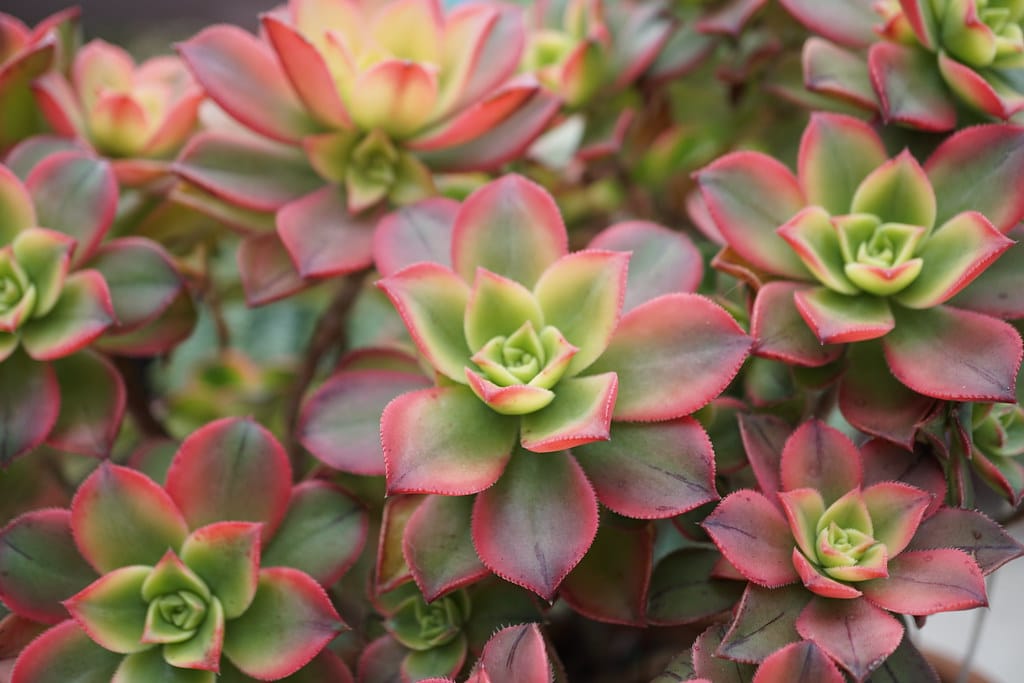
Aeonium is a genus of succulent plants with about 35 species that are smaller than Echeveria or Aloe.
The majority are slow-growing plants that can take up to five years to reach maturity.
Aeoniums, called tree leeks, are indigenous to Madeira, the Cape Verde Islands, the Canary Islands, and northern Africa.
Numerous varieties of aeonium are renowned for having exquisite rosette leaf patterns.
The leaves are frequently so precisely sculpted and organized that people mistake the plants for ones made of plastic in a factory.
Yet, they are both quite real and gorgeous. The size of aeoniums varies depending on the species.
The smallest member of the genus, the dwarf aeonium (Aeonium sedifolium), can reach a height of 15 inches and has leaf rosettes that are a little over an inch in diameter.
8. Sempervivum
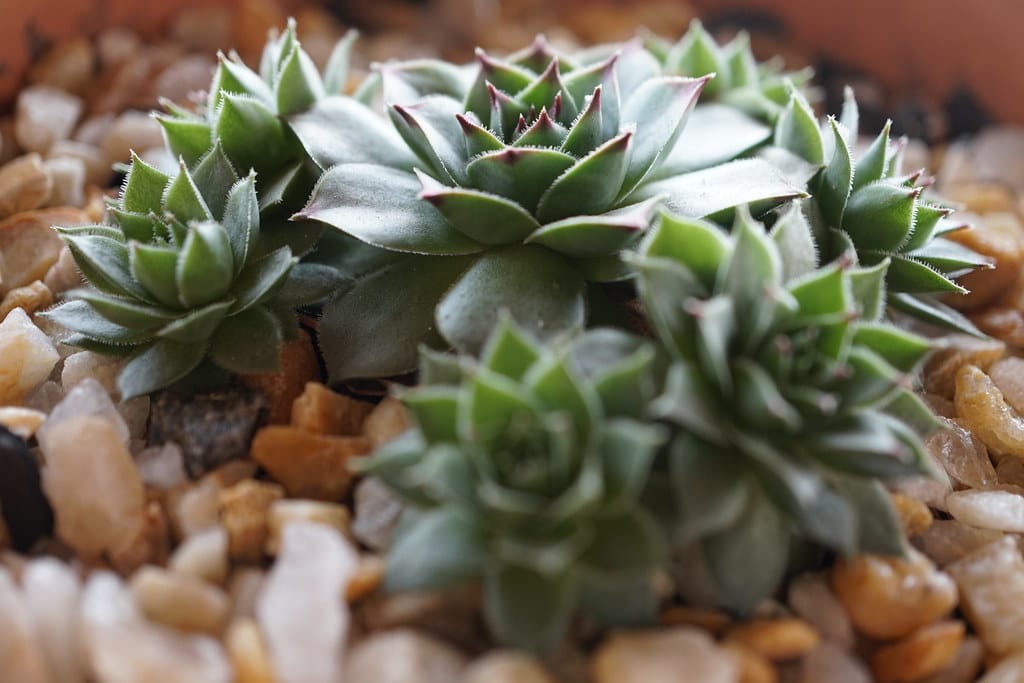
Due to their gorgeous rosettes and remarkable ease of maintenance, this genus, which has about 40 species, is well-liked.
The majority of Sempervivum species flourish in challenging environments, and many of them produce offsets each year.
Sempervivum succulents, often known as houseleeks, are alpine plants that are native to southern Europe and western Asia. This explains why they thrive in rocky, nutrient-poor soil.
It’s important to note that sempervivum succulents and Echeveria plants are frequently misunderstood.
The fact that both genera contain species typically referred to as “hens and chicks” is not helpful.
Sempervivums are native to Europe and Asia, while Echeverias are endemic to the Americas. But you can detect the difference without looking at their passports.
Each plant has a particular appearance that can be recognized upon closer inspection.
Sempervivums have thinner, pointed-tipped leaves, but Echeverias have thicker, wider, spoon-shaped leaves.
9. Wooly Rose

The Wooly Rose succulent, commonly known as Echeveria “Doris Taylor,” is a well-known hybrid succulent plant distinguished by its unusually green and fuzzy leaves that emerge from flexible stems.
The succulent known as the “woolly rose” is a hybrid of the Echeveria setosa and the Echeveria pulvinata.
They prefer the filtered sun and only a few hours of direct sunlight each day, in contrast to other varieties of succulents.
If you want to grow these succulents indoors or outdoors, you must have patience because fuzzy leaf varieties require more time to propagate.
Among the different types of rose succulents, we have wooly roses.
10. Tippy
The spoon-shaped, spoon-shaped leaves of this type of succulent are lovely and have a greenish-blue hue.
Tippy is an amazing house plant, and it is also one of the different types of rose succulents.
Also, they stand out from the others because of their striking pink tips. Moreover, the tips develop into a compact rosette.
These succulent leaves have a maximum height and diameter of 6 inches. They grow quickly from offsets and leaf cuttings and thrive in soil that drains well.
Tippy flowers bloom in the summer and attract hummingbirds with their magnificent orange blossoms.
So, it is a great addition to any collection of indoor house plants, outdoor container gardens, or outdoor gardens.
11. Ghost Plants
The silver-gray, spoon-shaped leaves of this succulent make it quite an appealing kind of succulent.
Because of their color, they are frequently referred to as “ghost plants.” This type of plant is one of the different types of rose succulents that we have.
They thrive in partial shade because too much direct sunlight can easily burn the delicate foliage. Thus, they don’t perform well in hot conditions.
Nonetheless, Graptopetalum succulents can sometimes appear more lilac in the winter. They should be cultivated in sandy, well-draining soils with minimal irrigation.
12. Pink Mountain Rose
The Canary Islands’ El Hierro is the inspiration for the name Pink Mountain Rose. Also, this is where succulents are grown.
During its dormant season, it turns pink, and during its growing season, it turns green.
However, the supply will probably catch up because pink succulents are widely sought after due to their beauty and uniqueness.
Pink succulents occur, and occasionally, succulent-specific nurseries may sell them.
13. Neon Baker
Succulents that are evergreen feature purple leaves with pink borders that glow more brightly in direct sunlight.
This beautiful plant is one of our different types of rose succulents.
They thrive in outdoor gardens or container gardens and can reach heights and diameters of up to 3 inches and 3 inches, respectively.
They can also be cultivated indoors if there is enough light for them. Neon bakers can’t stand frosting or over-watering.
Hence, if you live in a colder region, plant these succulents in well-draining soil and, for optimum results, bring them indoors during the winter.
14. Black Prince
These succulents are frequently called “black princes” or “hens and chicks.”
It is a hybrid, slow-growing succulent species distinguished by its triangular, deep purple leaves.
The black prince plant has made it onto the list of types of rose succulents. It forms compact rosettes that can get up to 3 inches broad as they grow.
They generate offsets easily, which begin as light green and develop into dark green as they mature.
These succulents also have lovely, tall flower stalks with dark red blossoms that are stunning.
To maintain their bright color, plants need constant exposure to direct sunlight. They prefer moist, well-draining soil and should only be watered sparingly.
15. Agave
The Americas and the Caribbean are home to many of the roughly 200 agave species.
Although there are variants within the species, most agaves are succulents with rosettes of enormous leaves with pointy, spiky points.
Several agave species develop slowly but also live a long time. Several are especially well-known for their culinary and alcoholic applications.
For instance, the main component of tequila is blue agave (Agave Azul).




